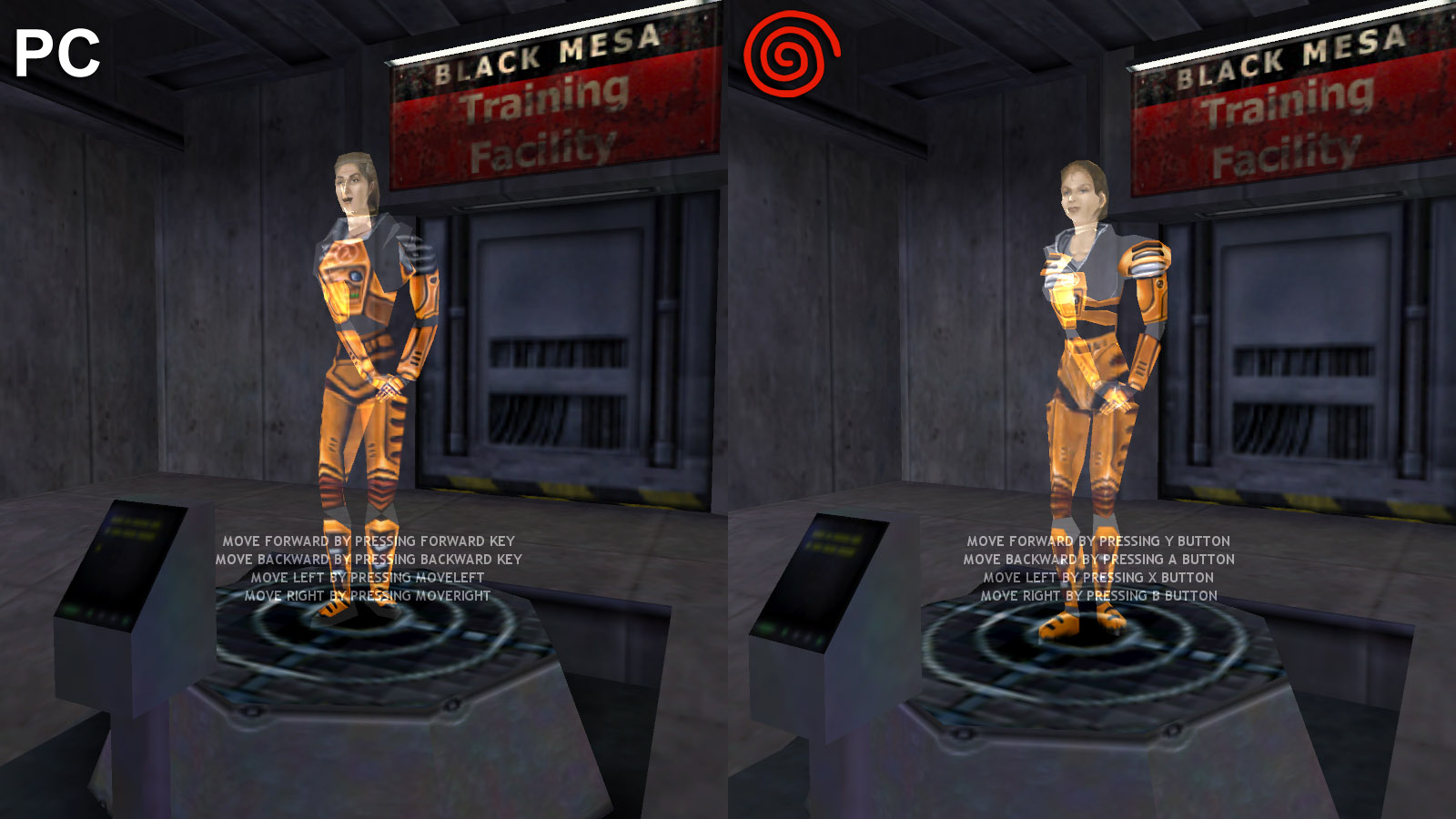
While Dragon Ball Z: Buyū Retsuden was never officially released on Sega Genesis (only on Europe’s variant, the Mega Drive), we couldn’t help but include it on this list.

Genre: Fighting Developer: Bandai Release Year: 1994 While it filled the niche of legitimate boxing games on the Genesis, the game’s execution was lacking. RDB’s UI and stats are also more informative, with head/body condition, energy meters, a current point score, and an overhead map all feeding intel to the player. Possibly in a deliberate effort to set itself apart from PO!, Real Deal Boxing uses a side-facing camera (as opposed to the Nintendo game’s camera, which is directly behind the young Bronx bruiser). As you progressed in the game, you continually enhanced your boxer’s stats and ratings until you faced off against Holyfield himself. The main draw was Career Mode, where you could create a custom boxer - choosing their name, preferred hand, clothing, and appearance. Whereas Punch-Out! relied on the player’s mastery of timings, patterns, and their own reactions, Real Deal Boxing was a fighting simulation game that took a more authentic and adult angle. Since the Big N acquired the rights to use Mike Tyson’s name and likeness for their game, Sega shook hands with another boxing legend, Evander Holyfield. Seeking an answer to Nintendo’s successful Punch-Out! series, Sega went after a more realistic take on the boxing genre. Genre: Fighting // Sports // Simulation Developer: ACME Interactive Release Year: 1992 Starting at #10, let’s work our way through the best Sega Genesis fighting games! 10. This article takes you through some of the top fighting games on Sega Genesis and demonstrates exactly why Sega was such a threat.

One of the most notable innovations at the time? The best Sega Genesis fighting games, which included acclaimed titles like Eternal Champions and Mortal Kombat.

Following the trail blazed by the Blue Blur, Sega kept the pressure coming with new titles and entirely revamped genres. Although Nintendo had a sizable lead, a certain blue hedgehog came along and made Sega a legitimate threat. Such fierce competition meant both factions were working tirelessly to provide consumers with the next big thing. There was the mighty Nintendo SNES on one side, and the underdog challenger, Sega Genesis, on the other. A war between two video game consoles, vying to be number one. Back in the early 1990s, a war was waging in the homes of children around the world.


 0 kommentar(er)
0 kommentar(er)
